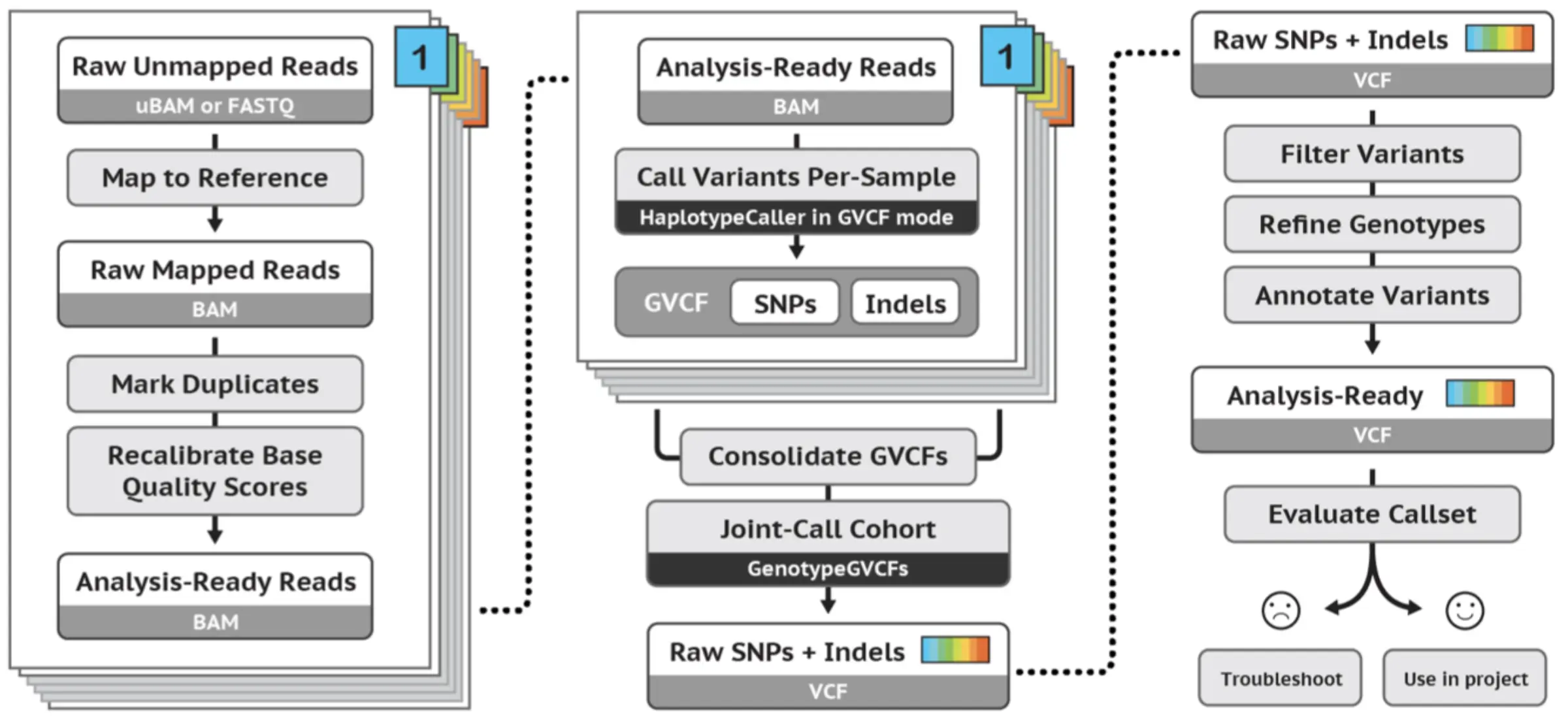LG4:30430
30431 30441 30451 30461 30471
CATTGGCAATGGCATCAGTTGAGCATCTTAGTACGAACTAAAAGCTGCGAAAAAATATTT
...............A............................................
,,,,,,, ..........................
...............A..... .....................
...............A...A.... .....................
...............A.........
...............A...........C.............
,,,,,,,,,,,,,,,a,,,,,,,,,,,,,,,,,,,,,,,,,,,,,,,,,,,,,,,,,,,,
,,,,,,,,,,,,,,,a,,,,,,,,,,,,,,,,,,,,,,,,,,,,,,,,,,,,,,,,,,,,
...............A............................................
,,,,,,,,,,,,,,,a,,,,,,,,,,,,,,,,,,,,,,,,,,,,,,,,,,,,,,,,,,,,
,,,,,,,,,,,,,,,a,,,,,,,,,,,,,,,,,,,,,,,,,,,,,,,,,,,,,,,,,,,,
,,,,,,,,,,,,,,,a,,,,,,,,,,,,,,,,,,,,,,,,,,,,,,,,,,,,,,,,,,,,
,,,,,,,,,,,,,,,a,,,,,,,,,,,,,,,,,,,,,,,,,,,,,,,,,,,,,,,,,,,,
...............A............................................
,,,g,,,,,,,a,,,a,,,,,,,,,,,,,,,,,,,,,,,,,,,,,,,,,,,,,,,,,,,,
.............A............................................


